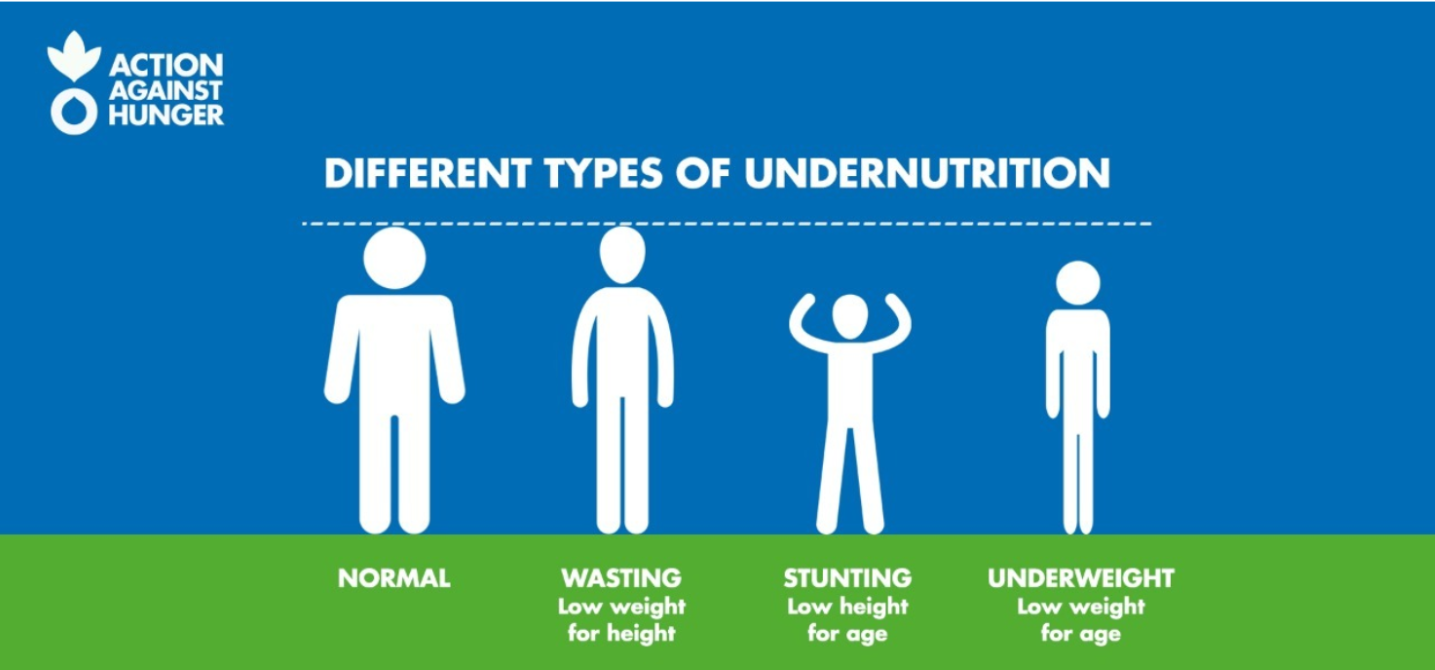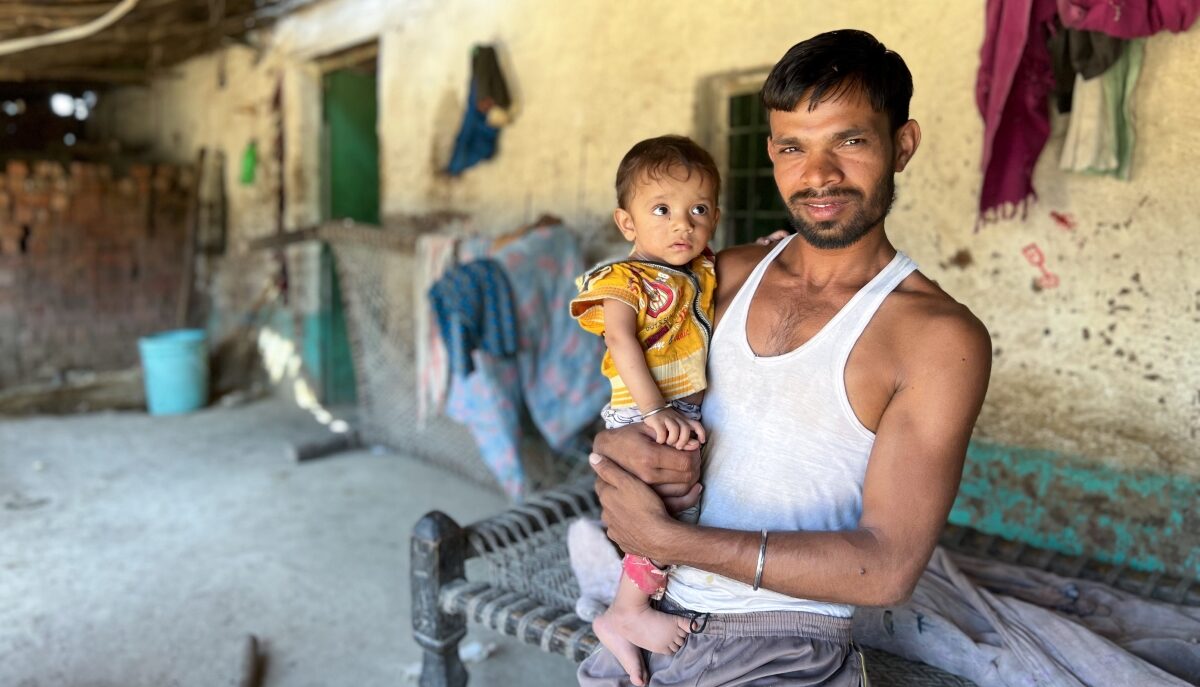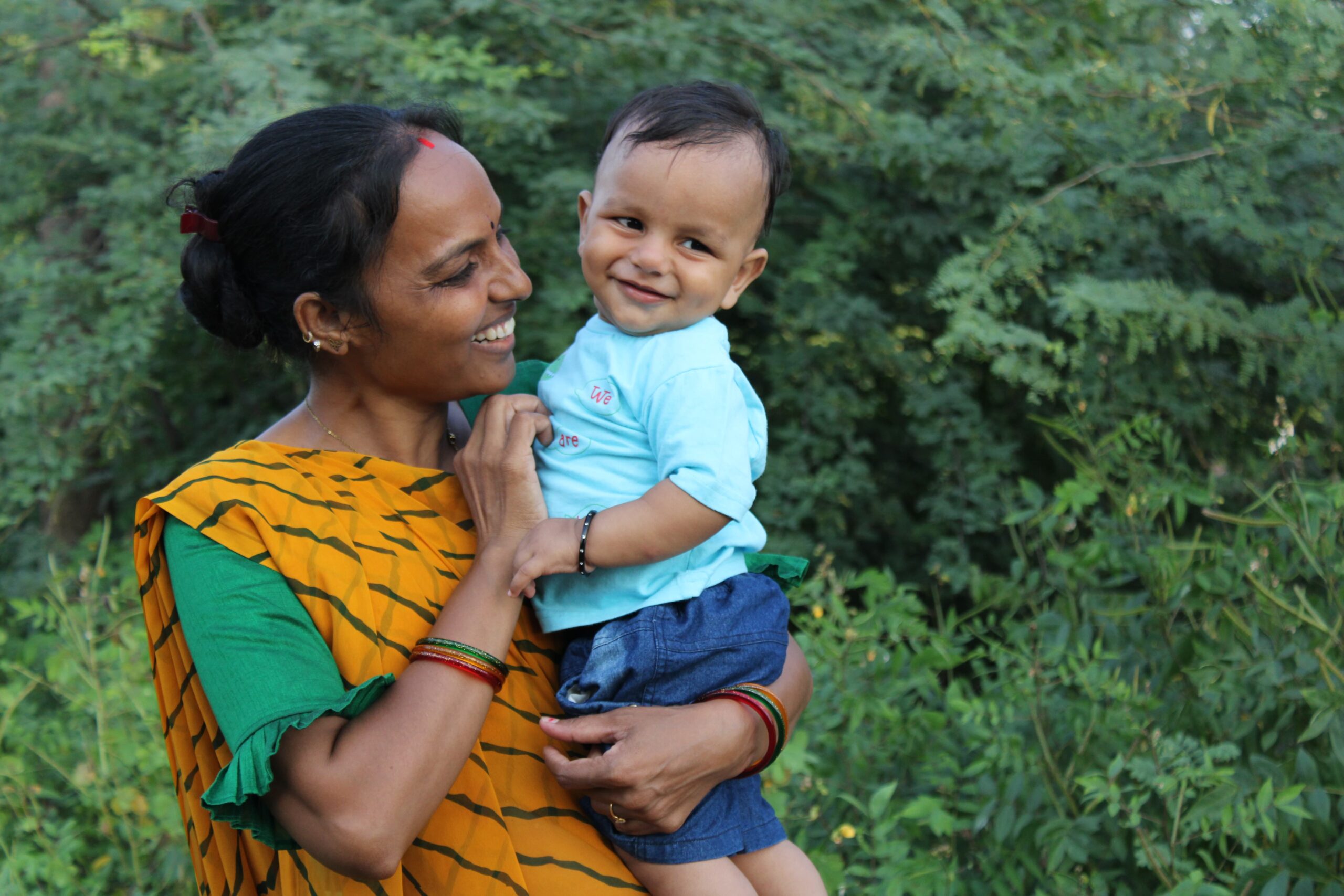Malnutrition
Malnutrition refers to getting too little or too much of certain nutrients. It can lead to serious health issues, including stunted growth, eye problems, diabetes, and heart disease. Malnutrition affects billions of people worldwide.
Globally in 2020, 149 million children under 5 were estimated to be stunted (too short for age), 45 million were estimated to be wasted (too thin for height), and 38.9 million were overweight or obese.
Around 45% of deaths among children under 5 years of age are linked to undernutrition. These mostly occur in low and middle-income countries. At the same time, in these same countries, rates of childhood obesity are rising.
The types of malnutrition include:
- Undernutrition: This type of malnutrition results from insufficient protein, calories or micronutrients. It leads to low weight-for-height (wasting), height-for-age (stunting) and weight-for-age (underweight). Undernourished people often lack vitamins and minerals, especially iron, zinc, vitamin A and iodine.
- Overnutrition: Overconsumption of certain nutrients, such as protein, calories or fat, can also lead to Malnutrition. This usually results in being overweight or obese. Micronutrient deficiencies can also occur with overnutrition.
Signs and Symptoms
Undernutrition
(Stunted growth, wasting, underweight and micronutrient deficiencies)
Undernutrition typically results from not getting enough nutrients in your diet.
This can cause:
- Weight loss
- Loss of fat and muscle mass
- Hollow cheeks and sunken eyes
- A swollen stomach
- Dry hair and skin
- Delayed wound healing
- Fatigue
- Difficulty concentrating
- Irritability
- Depression and anxiety
People with undernutrition may have one or several of these symptoms. Some types of undernutrition have significant effects.
Kwashiorkor, a severe protein deficiency, causes fluid retention and a protruding abdomen. On the other hand, the condition Marasmus, which results from severe calorie deficiency, leads to wasting and significant fat and muscle loss. (Butler & Streit, 2018)
Undernutrition can also result in micronutrient deficiencies. Some of the most common deficiencies and their symptoms include:
- Vitamin A: Dry eyes, night blindness, increased risk of infection.
- Zinc: Loss of appetite, stunted growth, delayed healing of wounds, hair loss, diarrhea.
- Iron: Impaired brain function, issues with regulating body temperature, stomach problems.
- Iodine: Enlarged thyroid glands (goiters), decreased production of thyroid hormone, growth and development issues. Since undernutrition leads to severe physical and health problems, it can increase your risk of death. (Streit et al. 2018)
Overnutrition
The main signs of overnutrition are overweight and obesity, which can also lead to nutrient deficiencies.
Research conducted by the World Health Organization shows that people who are overweight or obese are more likely to have inadequate intakes and low blood levels of specific vitamins and minerals compared to those who are at a normal weight.
This is likely because overweight and obesity can result from overconsumption of fast and processed foods that are high in calories and fat but low in other nutrients.
Child malnutrition in India is a complex problem.
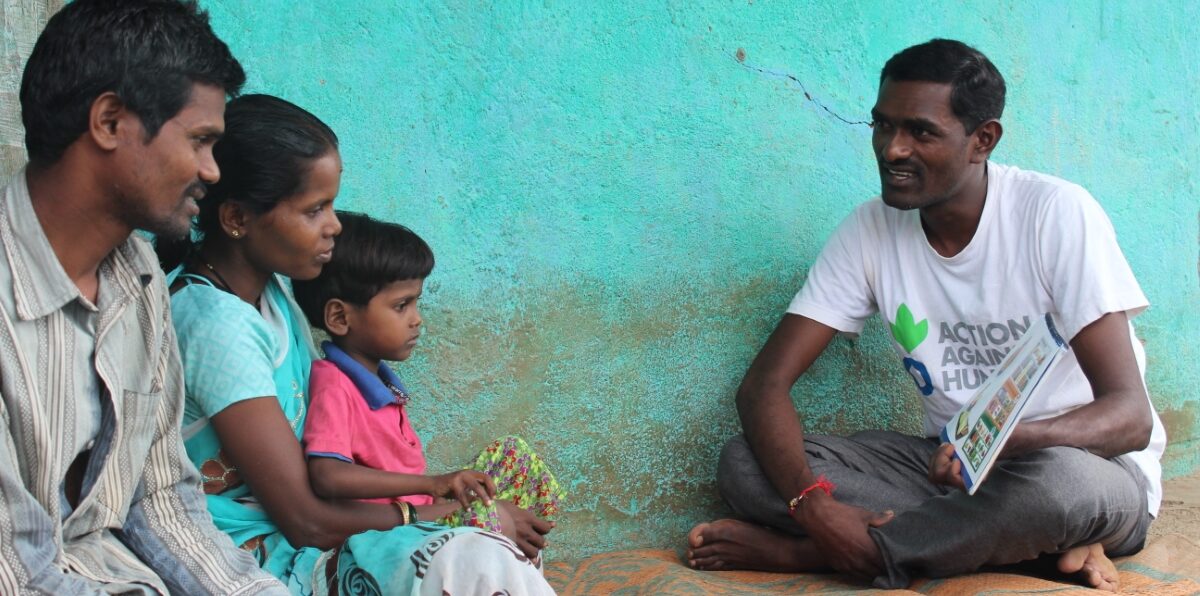
Research has conclusively shown that Malnutrition during pregnancy causes the child to have an increased risk of future diseases, physical retardation, reduced cognitive abilities—delivery systems, and community engagement. That is where we (Action Against Hunger) step in and provide Prenatal Care –
Ante Natal Care (ANC) and Post Natal Care (PNC)
Ensuring that all pregnancies are registered early at health centers and providing the necessary care and attention for the survival and development of mother and child. This includes –
- Screening for malnutrition, referrals to existing health centers, and anthropometric measurements to determine the mother and child’s nutritional status.
- Home-based visits: Home visits are conducted for pregnant women, lactating women, SAM and MAM children by our field team which has turned out to be effective in breaking their perceptional barriers in care giving behaviours.
- Group activities and discussions: Targeted beneficiaries are gathered at a common place to discuss and deliver the Nutrition health sessions on wide variety of topics such as Lactation education, Pre-Natal Care, Post Natal Care, Institutional deliveries etc.
- Infrastructural strengthening: Remodeling of old or damaged anganwadi centers of rural and tribal blocks.
- Eco-system strengthening: Strengthening and Capacity building of frontline functionaries to perform anthropometric measurements, counselling of beneficiaries through IEC’s , group activities and door to door visits.
- Collaboration and advocacy: We closely work with ICDS and health department of WCD and facilitate the process of service delivery and policy implementation at ground level in the remotest and challenging geographies with the support of our community mobilizers and Field officers.
- Nutrition security and sustainability: We are supporting communities to build self- resilient and sustainable ecosystems by building Nutri gardens, advocating and promoting the consumption of long lost weather resilient crops and maximizing the consumption of locally grown nutrient rich wild plants, fruits and vegetables.
About Action Against Hunger
At Action Against Hunger, we drive change from the ground up, to make this world free from hunger.
Since inception in 1979, we have led the global fight against hunger. Our work has impacted the lives of 26 million individuals, through a network of 8000 humanitarian professionals across 50 countries. In India, our operations from the grassroots upwards, are focused on taking decisive action against the causes and effects of malnutrition. We equip people with knowledge and awareness, so they can see their children grow up strong, and for whole communities to prosper.
What We Do
Our teams work tirelessly with some of India’s most vulnerable communities to detect and treat Malnutrition in children and train families on how to prevent it.
We are saving lives and enabling thousands of India’s children to beat Hunger and look forward to a brighter future where they can contribute to the country’s development. Our malnutrition programs cover 1266 villages across the States of Madhya Pradesh, Maharashtra, Rajasthan and Gujarat with a multidisciplinary approach to tackling Malnutrition among children.
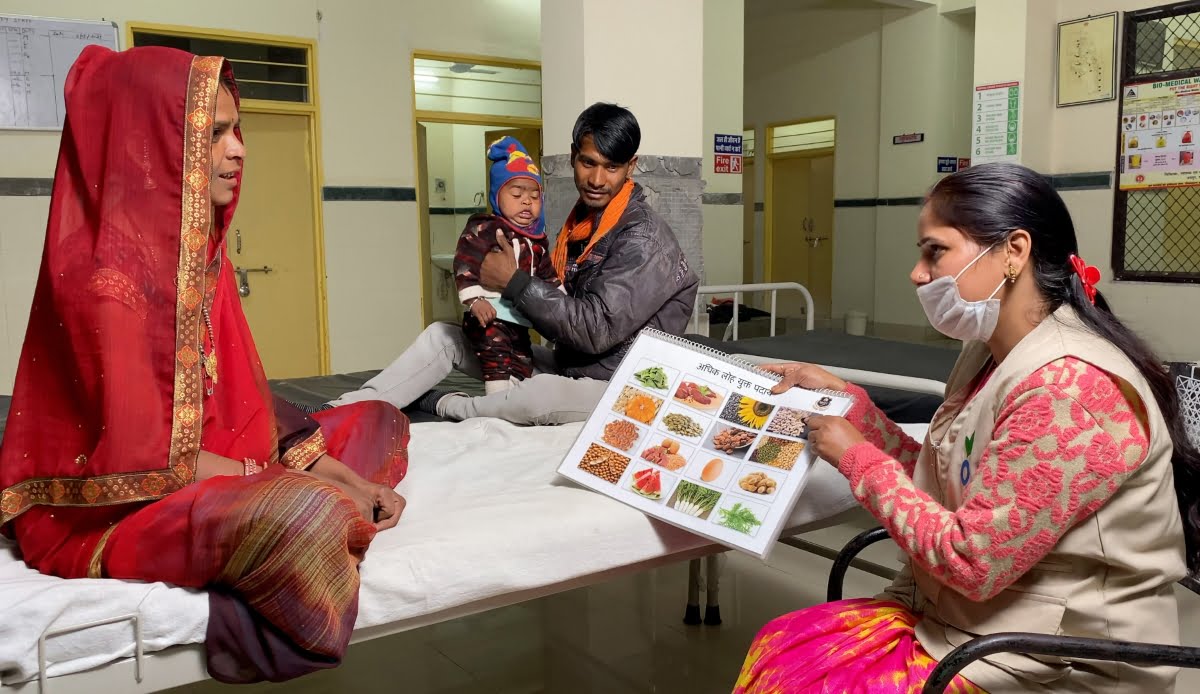
Winning the battle against Hunger is critical for a healthy society, and it is only possible with your help.
Make a donation or join as partners, organize a fundraising event with your friends, family, and coworkers, or volunteer to help us save lives!
References
Butler, Natalie, and Lizzie Streit. 2018. “Kwashiorkor and Marasmus: What’s the Difference?” Healthline. https://www.healthline.com/health/kwashiorkor-and-marasmus.
“Fact sheets – Malnutrition.” 2021. World Health Organization (WHO). https://www.who.int/news-room/fact-sheets/detail/malnutrition.
“Joint child malnutrition estimates (JME) (UNICEF-WHO-WB).” n.d. World Health Organization (WHO). Accessed February 17, 2023. https://www.who.int/data/gho/data/themes/topics/joint-child-malnutrition-estimates-unicef-who-wb.
Streit, Lizzie, Debra R. Wilson, Rachel Nall, and Natalie Butler. 2018. “Malnutrition: Definition, Symptoms and Treatment.” Healthline. https://www.healthline.com/nutrition/malnutrition.
